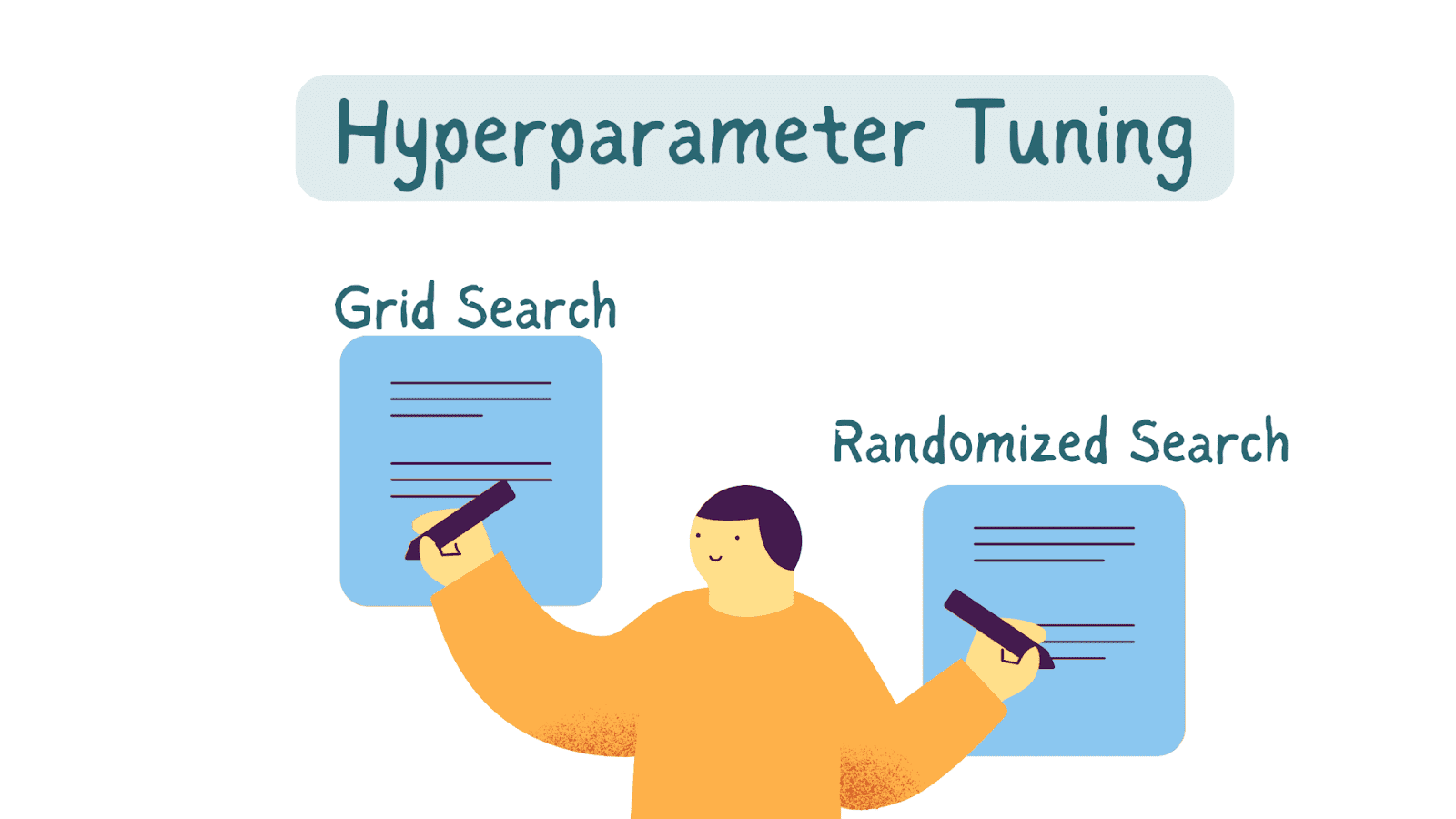Today, there is a growing demand for faster data storage solutions from various industries, including gaming, video editing, and software start-ups. Faster storage technologies result in improved performance for compute environments. Gamers experience less lag time, video editors can render videos more quickly, and businesses can run workloads smoothly in the cloud. However, choosing the right solution can be challenging due to unfamiliar terms, complex specifications, and numerous options available.
To help users find the best data storage solution for their needs, we will compare two popular technologies: NVMe and SATA. NVMe (non-volatile memory express) is a protocol used in flash storage and solid-state drives (SSDs) for highly parallel data transfer with reduced system overheads per input/output per second (I/O, or iops). On the other hand, SATA (Serial Advanced Technology Attachment) is a protocol that governs the movement of data between a computer and a storage device, such as a hard disk drive (HDD). Both NVMe and SATA support SSDs, which have replaced HDDs as the industry standard for various applications and workloads.
SSDs are semiconductor-based storage devices that use flash memory to store persistent data. Unlike magnetic storage, such as HDDs, SSDs do not rely on moving parts and therefore offer faster performance. According to a recent Gartner report, SSDs are preferred over HDDs for structured data workloads.
NVMe is a data storage access and transport protocol designed specifically for SSDs. It provides better throughput and faster response times compared to other protocols. NVMe is ideal for high-performance, non-volatile storage media and can handle enterprise workloads with less infrastructure and power than SCSI. NVMe drives offer improved response times due to device driver enhancements, allowing for parallelism and polling to reduce latency and CPU bottlenecks. NVMe replaced SATA and SAS protocols as the industry standard in 2011 and has contributed to the development of technologies like IoT, AI, and ML.
One significant difference between NVMe and SATA SSDs is the use of a Peripheral Component Interconnect Express (PCIe) bus by NVMe SSDs to access flash storage. This eliminates the need for a controller and reduces latency. NVMe SSDs can also run multiple parallel command queues, unlike drives using the SCSI protocol. M.2 NVMe SSDs are a physical form factor that enables high-performance storage in small devices like ultra-thin laptops and tablets.
SATA has been the most popular interface for data transfer between computers and storage devices for the past decade and a half. It offers advantages like faster data transfer speeds, compact cable options, lower voltage connections, and differential signaling. SATA is still compatible with older hardware, making it a suitable choice for users with legacy systems. It also supports different modes like IDE, AHCI, and RAID, providing flexibility and data protection options. eSATA is another important feature of SATA that allows for external drive support.
In terms of speed and performance, NVMe outperforms SATA. NVMe was specifically designed for SSDs and utilizes PCIe sockets for faster data transfer, making it ideal for real-time applications like ML and AI. However, SATA is still more affordable than NVMe, although NVMe SSD prices are decreasing.
In summary, NVMe and SATA are two popular data storage technologies with distinct features and capabilities. NVMe offers superior speed and performance, while SATA remains compatible with older hardware and provides affordability. Understanding the specific requirements and budget constraints will help users determine the best solution for their needs.
Source link






















